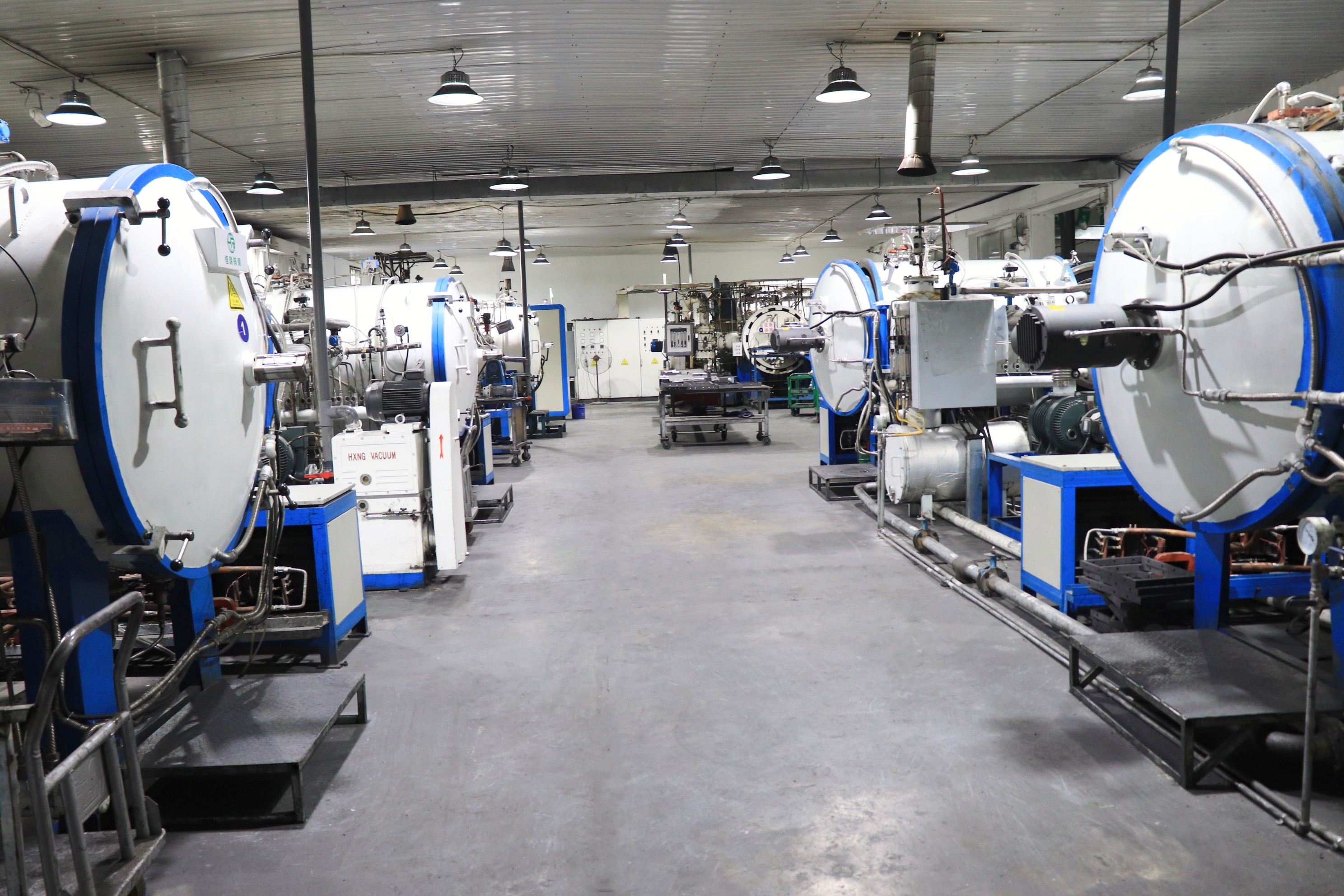Cemented carbide vacuum sintering is a process in which sintering is performed at a pressure below atmospheric pressure. This process includes plasticizer removal, degassing, solid phase sintering, liquid phase sintering, alloying, densification, and dissolution precipitation. Let’s take a look at the four major processes of cemented carbide vacuum sintering:

①Plasticizer removal stage
The plasticizer removal stage starts from room temperature and rises to about 200°C. The gas adsorbed on the surface of the powder particles in the billet is separated from the surface of the particles by heat and escapes from the billet continuously. The plasticizer in the billet is heated to escape from the billet. Maintaining a high vacuum level is conducive to the release and escape of gases. Different types of plasticizers are subjected to heat changes in performance varies, the development of plasticizer removal process should be determined according to the specific circumstances of the test. The general plasticizer gasification temperature is below 550℃.
② Pre-fired stage
Pre-sintering stage refers to high temperature sintering before pre-sintering, so that the chemical oxygen in the powder particles and carbon reduction reaction to generate carbon monoxide gas leaving the press billet, if this gas can not be excluded when the liquid phase appears, it will become a closed pore residue in the alloy, even if pressurized sintering, it is difficult to eliminate. On the other hand, the presence of oxidation will seriously affect the wettability of the liquid phase to the hard phase and eventually affect the densification process of the cemented carbide. Before the liquid phase appears, it should be sufficiently degassed and the highest possible vacuum should be used.

③ High temperature sintering stage
The sintering temperature and sintering time are important process parameters for densification of the billet, formation of a homogeneous structure and obtaining the required properties. The sintering temperature and sintering time depend on the alloy composition, powder size, grinding strength of the mixture and other factors, and are also governed by the overall design of the material.
④Cooling stage
The cooling stage is where the cooling rate affects the composition and structure of the bonded phase of the alloy and produces internal stress. The cooling rate should be in a controlled state. Sintering hot isostatic pressing is a new sintering technique, also known as low-pressure sintering, in which the product is pressurized with a certain pressure of gas to promote densification under the condition that degassing is completed, the pores on the surface of the pressed billet have been closed, and the binder phase remains liquid.

Post time: Jun-20-2023









